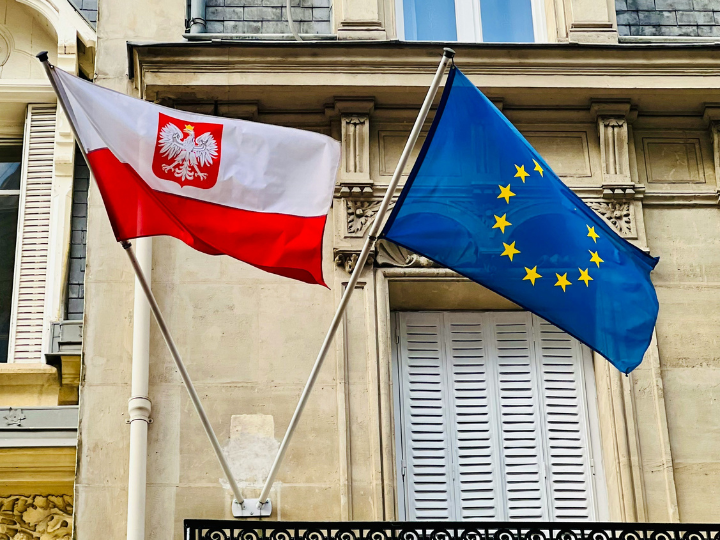by Bas Eickhout, Paul Tang and Sirpa Pietikainen*
In the midst of a storm of epic proportions, we need to keep our economies afloat. It remains vital, however, not to steer off course and to maintain a clear view of our direction and envisioned destination.
The Commission’s COVID-19 recovery plan aims to achieve both. It keeps a clear view of the green and digital transition on which the EU embarked, while supporting the most vulnerable parts of our economies. As is often the case, however, the devil is in the details, and without the right adjustments, we may get out of this storm heading in the wrong direction.
Two key parts of the Corona recovery plan specifically deserve closer inspection. The Recovery and Resilience Facility will help countries invest in their economies while preventing a repeat of the sovereign debt crisis we lived through following the 2008 financial crisis.
The Solvency Support Instrument will provide capital injections to companies located in member states unable to provide the support firms urgently need.
Weathering this immediate economic storm without the right compass, however, might mean we lose sight of the journey we started before the pandemic hit, the journey towards a more sustainable economy.
The European Green Deal was based on the belief that the only viable economy of the future will be a sustainable economy, and the only viable firm a firm that fits therein. This insight should also guide the Commission’s recovery plan. And while important first steps in this direction have been made, sustainability provisions lack teeth on fundamental points.
First the recovery and resilience facility.
Member States can get subsidies and loans to support their economies with targeted reform plans. These national recovery plans have to effectively address challenges identified through the European Semester process and either significantly contribute to climate- and environmental-friendly systems or to the digital transformation.
However, key weaknesses remain. The increased importance of the European Semester should be coupled with its reform, allowing for a focus on the well-being of people and planet, not on reducing public expenditure. In addition, the “significant contribution” to the sustainable or digital transition is much too vague.
Sustainability indicators and the new green taxonomy for sustainable investment should be fully embedded in national recovery plans and be used to require an ambitious minimum share of verified sustainable investment. We should also set overarching minimum safeguards.
If a country spends €1 billion on improving 5G connectivity, while spending €50 billion on supporting the ailing coalmine industry, is that a “significant contribution” to the digital transition and thus a satisfactory recovery plan? To avoid uncertainty, funding should never “significantly harm” people or planet.
The Commission should monitor adherence to these sustainability principles. Where they are not met, payments should be suspended and paid back.
Second, the solvency support instrument.
It is based on the principle that all companies, no matter their home country, deserve the same chance to succeed. This principle is good, but we should look not only at what businesses can succeed but also at the way in which they do so.
As societies are giving extraordinary support to companies, it is only fair to ask companies to support our societies, by serving people and planet. Companies receiving support – be it from the EU or national governments – should therefore draft ambitious ‘transition plans’, illustrating how they will fit in an environmentally and socially sustainable economy.
Currently, the commission proposal “encourages” companies in sectors covered by the EU Emissions Trading Scheme (ETS) to draft green transition plans. This is much too weak.
Transition plans should be compulsory for all supported companies, and focus on both green and social factors, such as human rights, employee well-being and gender equality.
Support to carbon-intensive energy sectors should be further earmarked to activities that directly make the company more sustainable. Failure to live up to sustainability commitments should lead to an immediate loss of funding.
Over the past few years, the EU has rapidly developed an ambitious sustainable finance agenda. It has developed disclosure standards for the financial sector, a taxonomy determining what economic activities are environmentally sustainable, and a “do not significantly harm” principle that shows when investments harm people or planet.
This agenda has not yet been completed, and work remains to be done. As the next steps, we need to develop harmonised indicators based on life cycle assessment, and integrated corporate reporting.
The taxonomy and European Pillar of Social Rights should be used in the European Semester to evaluate the sustainability impact of national budgets and the taxonomy should be extended all private and public finance and spending, including the EU budget and Recovery Plan, cohesion funds, other EU programmes, and financial institutions such as the ECB and EIB.
But we should not hesitate to use the work already in place as navigation tools helping us maintain course to a sustainable future. Public investments and support to companies should be targeted at sustainability and no recovery money – be it spent by the EU directly, or through national governments, the EIB or ECB – should harm people or planet.
Only this will allow us to get through the current storm while staying on course to our destination: a socially and environmentally sustainable economy for all.
*EPP MEP, Green MEP and Socialist and Democrat MEP
**first published in: www.euractiv.com




 By: N. Peter Kramer
By: N. Peter Kramer

